GHG Overview graphics
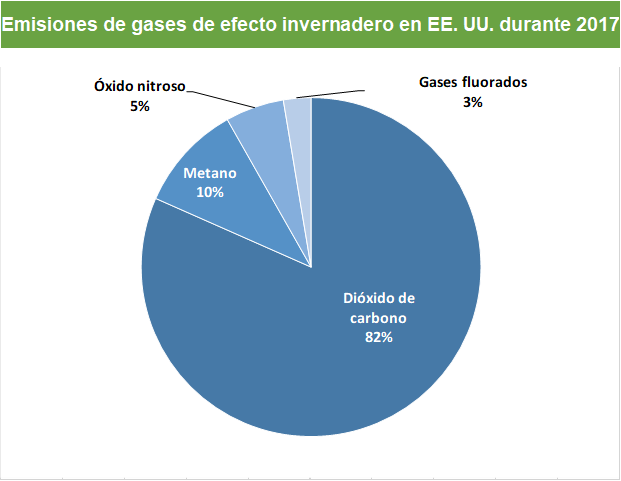
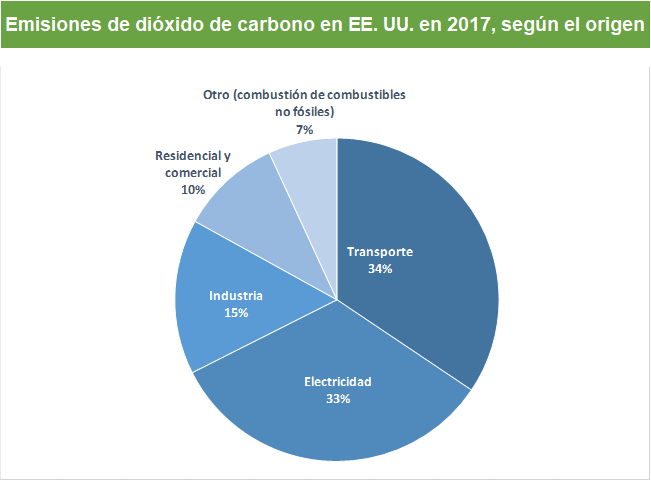
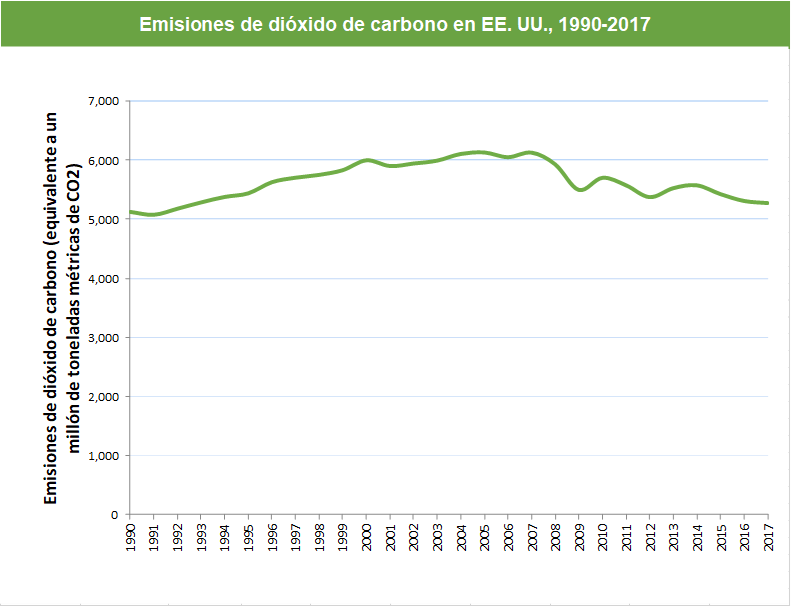
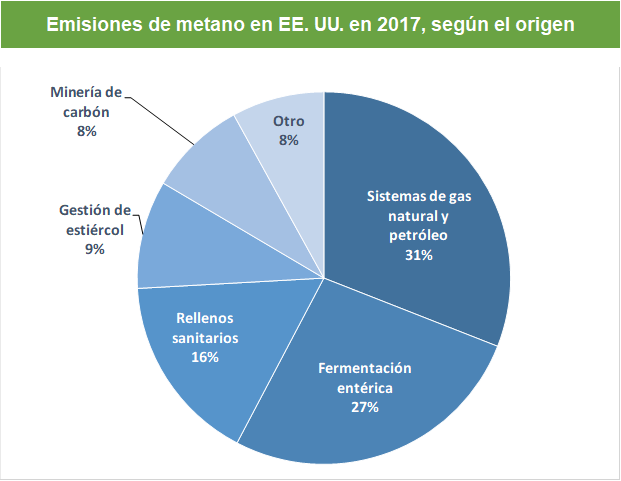
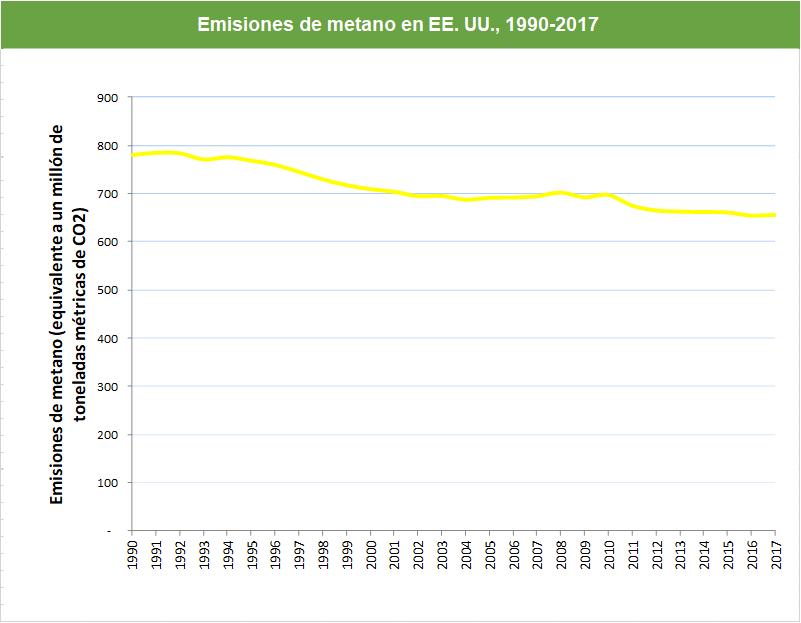
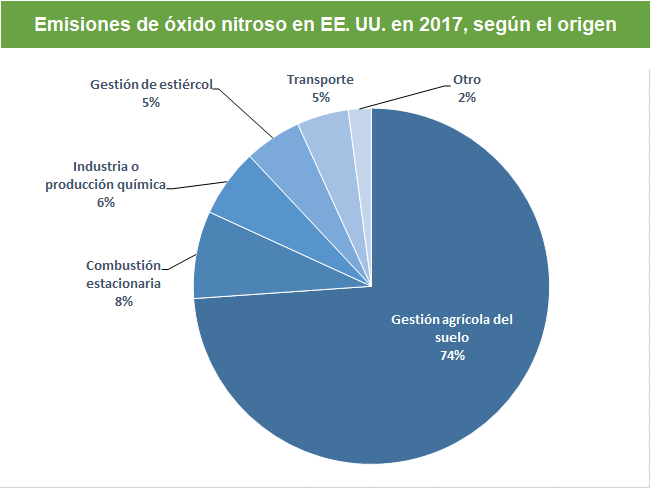
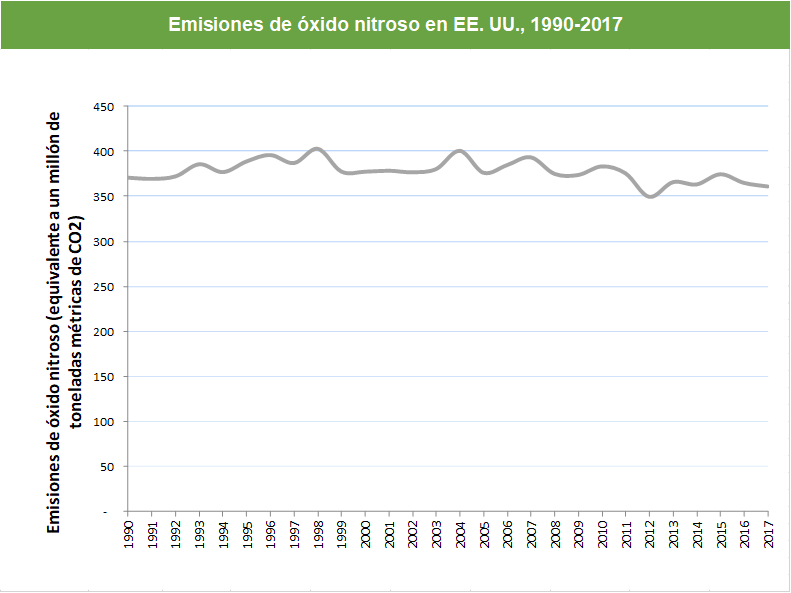
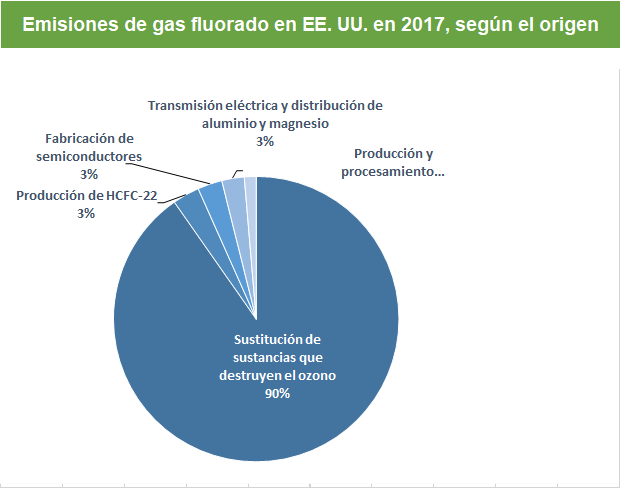
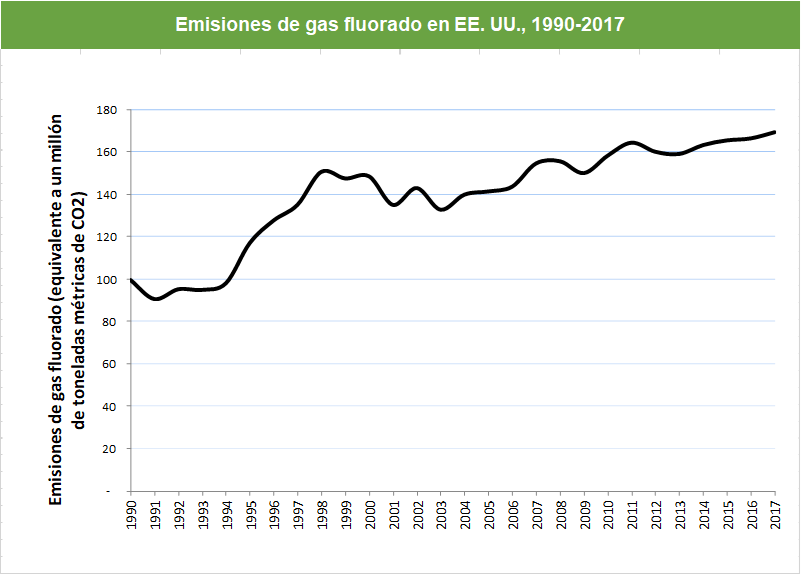
Un sitio oficial del Gobierno de Estados Unidos.
This is not the current EPA website. To navigate to the current EPA website, please go to www.epa.gov. This website is historical material reflecting the EPA website as it existed on January 19, 2021. This website is no longer updated and links to external websites and some internal pages may not work. More information »









